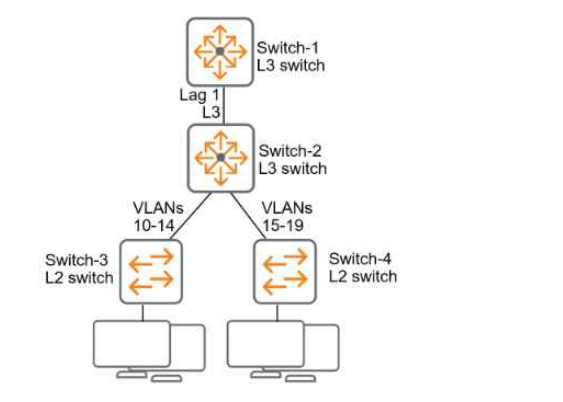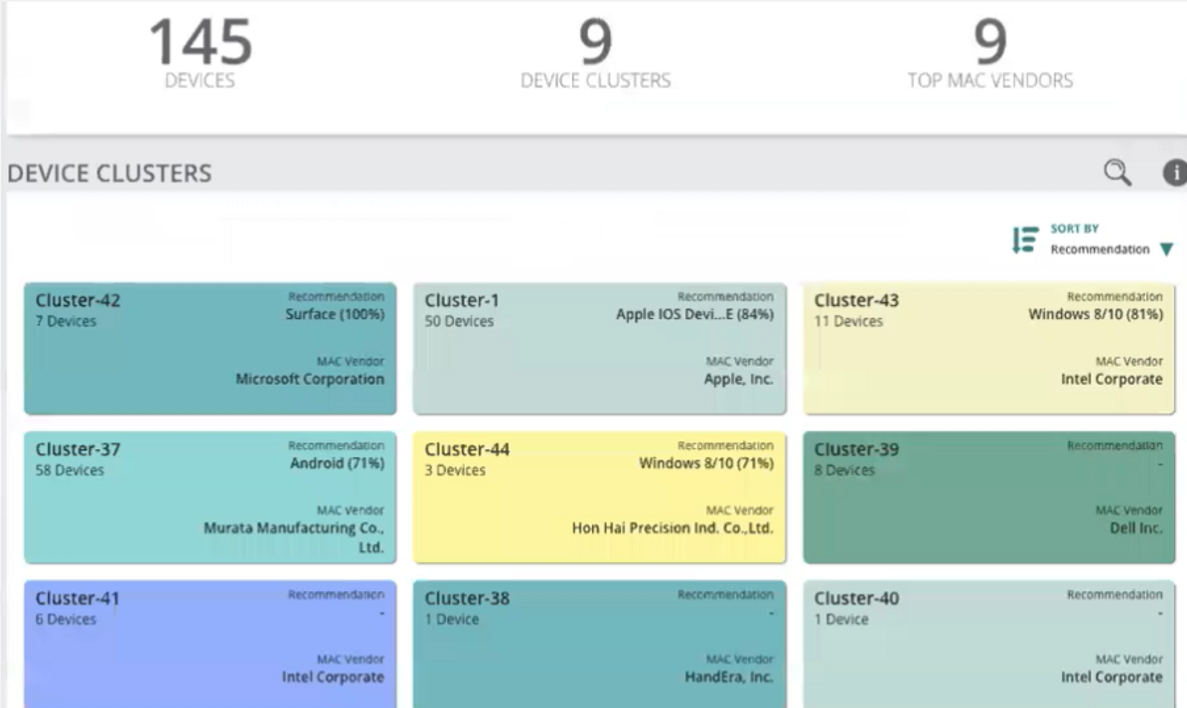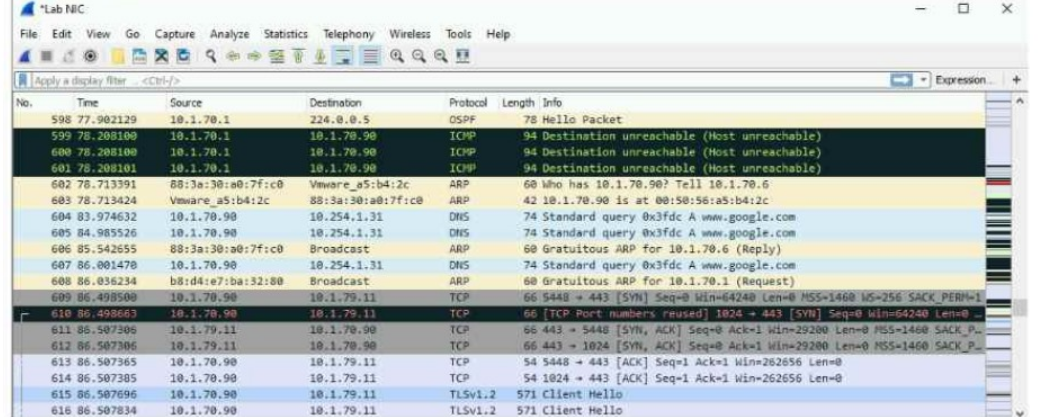HP HPE7-A02 - Aruba Certified Network Security Professional Exam
Refer to Exhibit:

All of the switches in the exhibit are AOS-CX switches.
What is the preferred configuration on Switch-2 for preventing rogue OSPF routers in this network?
A company uses HPE Aruba Networking ClearPass Device Insight (CPDI) (the standalone application option). In the details for a generic device cluster, you see a
recommendation for "Windows 8/10" with 70% accuracy.
What does this mean?
An AOS-CX switch has been configured to implement UBT to a cluster of three HPE Aruba Networking gateways.
How does the switch determine to which gateways to tunnel UBT users' traffic?
A company has HPE Aruba Networking APs, which authenticate users to HPE Aruba Networking ClearPass Policy Manager (CPPM).
What does HPE Aruba Networking recommend as the preferred method for assigning clients to a role on the AOS firewall?
Refer to Exhibit.

A company is using HPE Aruba Networking ClearPass Device Insight (CPDI) (the standalone application). In the CPDI interface, you go to the Generic Devices
page and see the view shown in the exhibit.
What correctly describes what you see?
You want to examine the applications that a device is using and look for any changes in application usage over several different ranges. In which HPE Aruba Networking solution can you view this information in an easy-to-view format?
A company has HPE Aruba Networking gateways that implement gateway IDS/IPS. Admins sometimes check the Security Dashboard, but they want a faster way
to discover if a gateway starts detecting threats in traffic.
What should they do?
A company wants HPE Aruba Networking ClearPass Policy Manager (CPPM) to respond to Syslog messages from its Palo Alto Next Generation Firewall (NGFW)
by quarantining clients involved in security incidents.
Which step must you complete to enable CPPM to process the Syslogs properly?
Refer to the exhibit.

The exhibit shows a saved packet capture, which you have opened in Wireshark. You want to focus on the complete conversation between 10.1.70.90 and 10.1.79.11 that uses source port 5448.
What is a simple way to do this in Wireshark?
You have configured an AOS-CX switch to implement 802.1X on edge ports. Assume ports operate in the default auth-mode. VoIP phones are assigned to the "voice" role and need to send traffic that is tagged for VLAN 12. Where should you configure VLAN 12?



